China’s July trade data revealed some interesting findings as US-China trade war formally started. Import from the EU jumped as massive 20.5% mom, 19.7% yoy. Trade surplus with EU dropped -31.0% mom, -7.9% yoy. On the other hand, trade surplus with US dropped a mere -3.0%, with -2.5% decline in export and -1.5% mom fall in imports. Looks like the EU could have the last laugh over Trump’s trade policy.
Here are the details:
Overall –
China trade surplus in CNY term narrowed to CNY 177B in July, down from CNY 262B, missed expectation of CNY 225B. Exports rose 6.0% yoy to CNY 1390B while imports jumped 20.9% yoy to CNY 1213B. Year-to-Jul, exports rose 5.0% yoy to CNY 8894B while imports rose 12.9% yoy to CNY 7826B, with CNY 1068B surplus.
In USD term, trade surplus narrowed to USD 28.1B, down from USD 41.6B and missed expectation of USD 39.1B. Exports rose 12.2% yoy to USD 215.6B while imports rose 27.3% yoy to USD 187.5B. Year-to Jul, exports rose 12.6% yoy to USD 1387B while imports rose 21.0% yoy to USD 1221B, with USD 166B surplus.
With EU –
EU remains China’s largest trading partner with total trade risen 5.9% mom, 13.4% yoy to USD 60.7B in July. Exports dropped -2.3% mom, rose 9.4% yoy to USD 35.9B. Imports rose a massive 20.5% mom and 19.7% yoy to USD 24.7B. For July, trade surplus with EU dropped -31.0% mom, -7.9% yoy to USD 11.2B.
For year-to-July, China’s total trade with EU rose 12.7% yoy to USD 383B. Exports rose 10.8% yoy to USD 227B. Imports rose 15.6% yoy to USD 155B. Total trade surplus merely grew 1.6% yoy to USD 72.1B.
With US –
With the US, total trade dropped -2.3% mom, rose 11.2% yoy to USD 55.0B in July. Exports dropped -2.5% mom rose 11.2% yoy to USD 35.9B. Imports dropped -1.5% mom, rose 11.1% yoy to USD 24.7B. Trade surplus dropped -3.0% mom, rose 11.3% yoy to USD 28.1B.
For year-to July, China’s total trade with US rose 12.2% yoy USD 357B. Exports rose 12.5% yoy to USD 259.1B. Imports rose 11.4% yoy to 97.5B. Trade surplus rose 13.2% yoy to USD 161.6B.
Here are the links to:




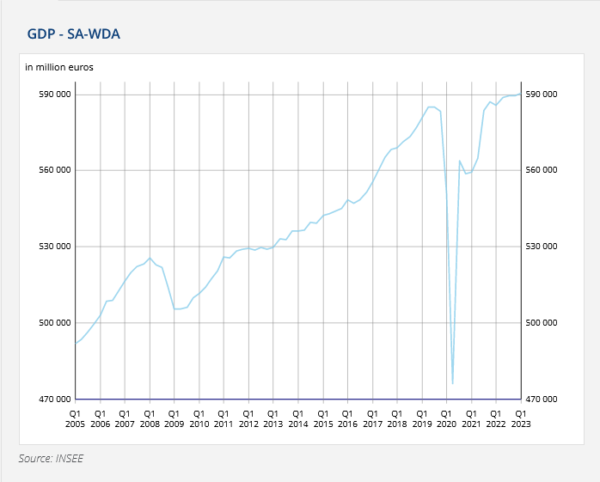
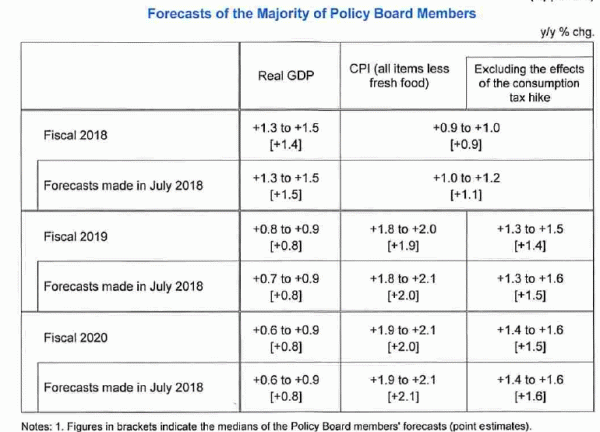
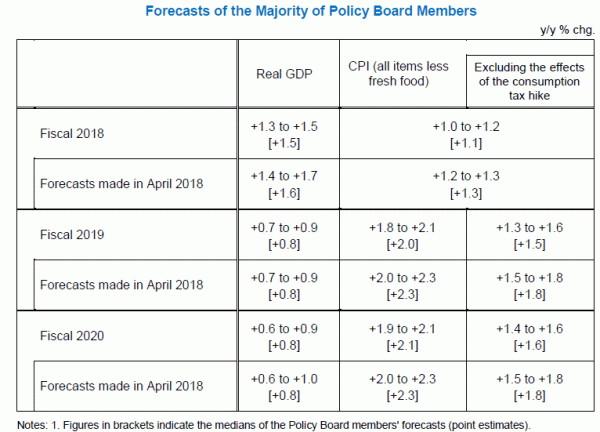
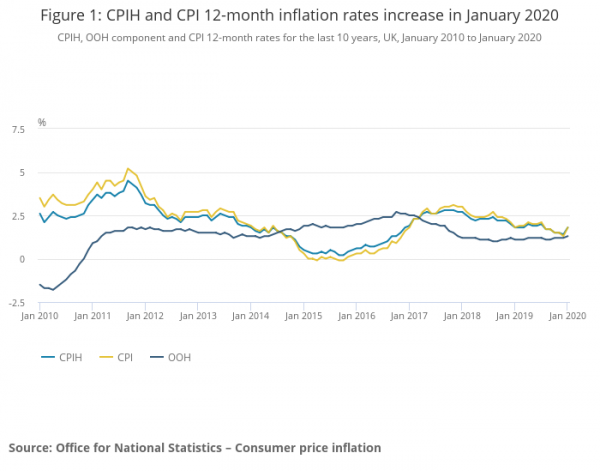
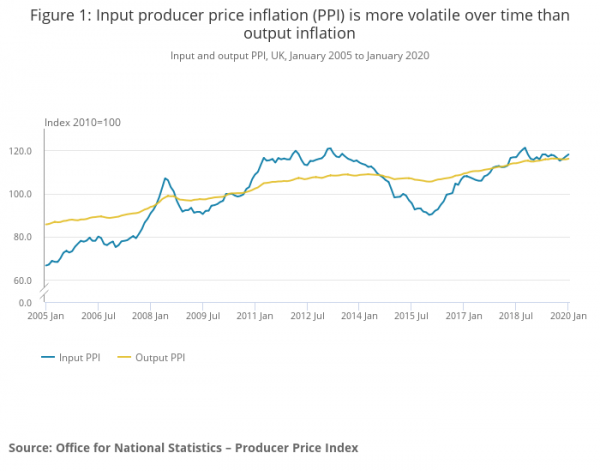
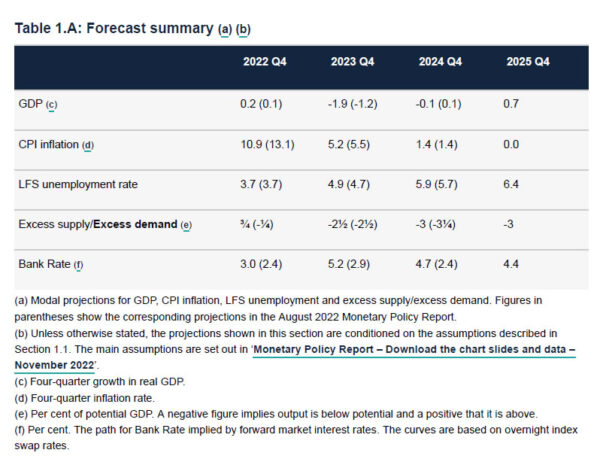
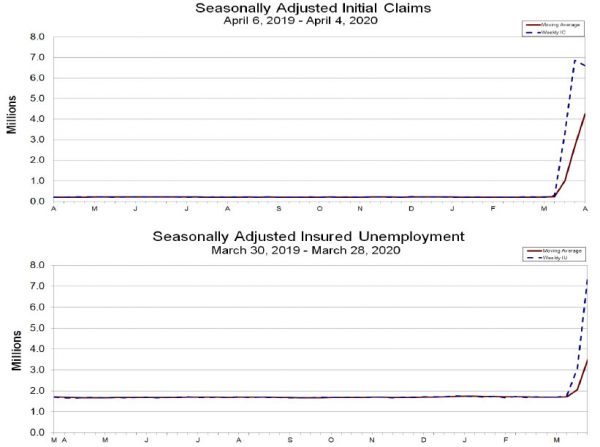
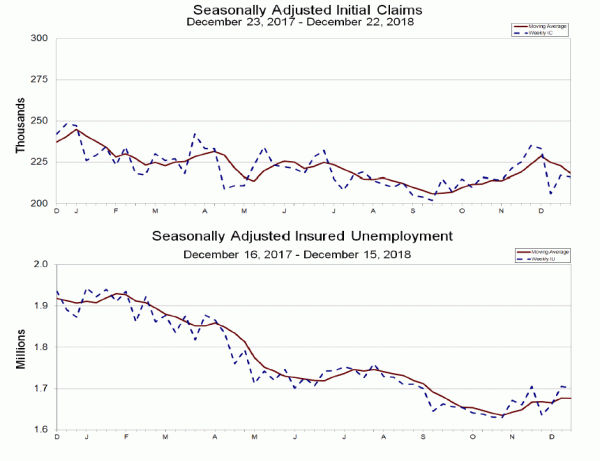
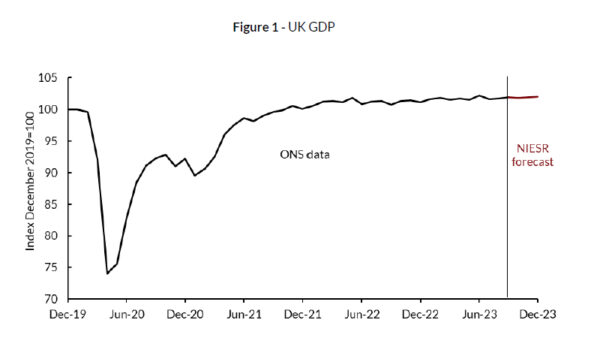
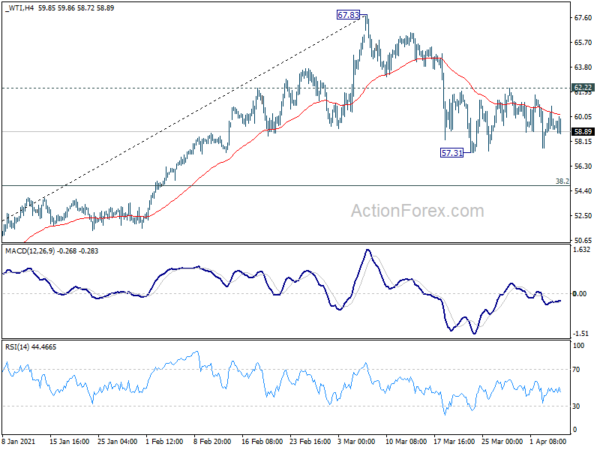
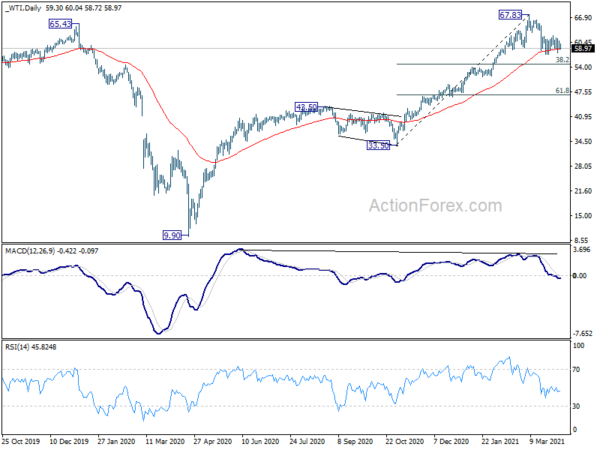
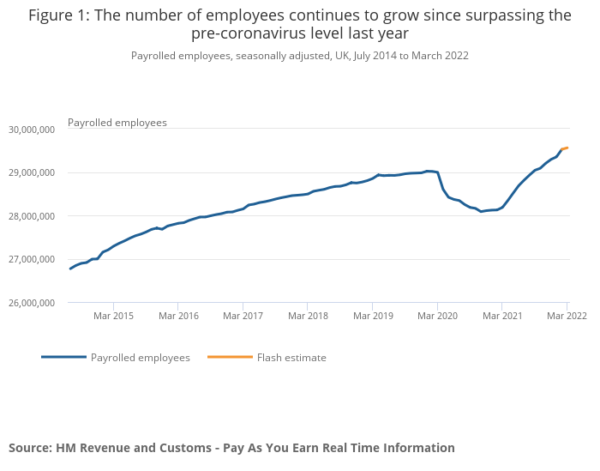
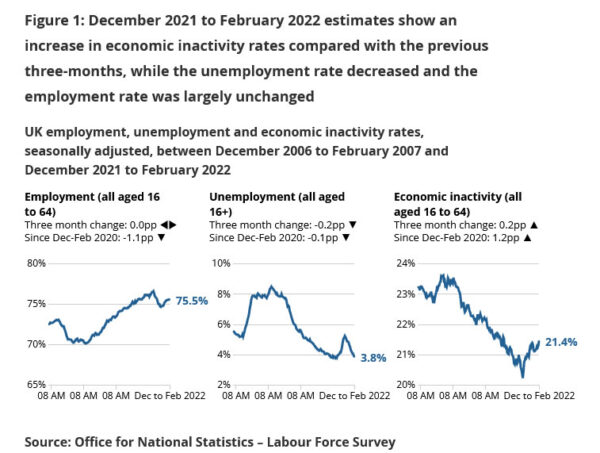
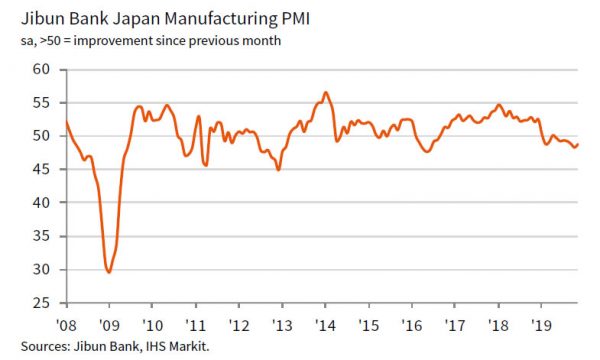
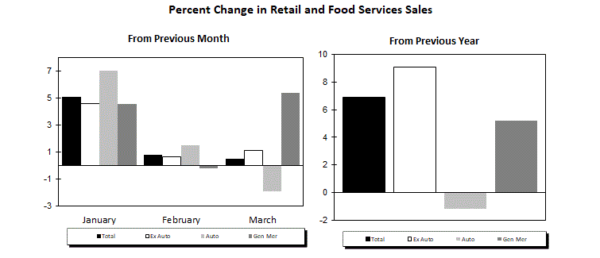
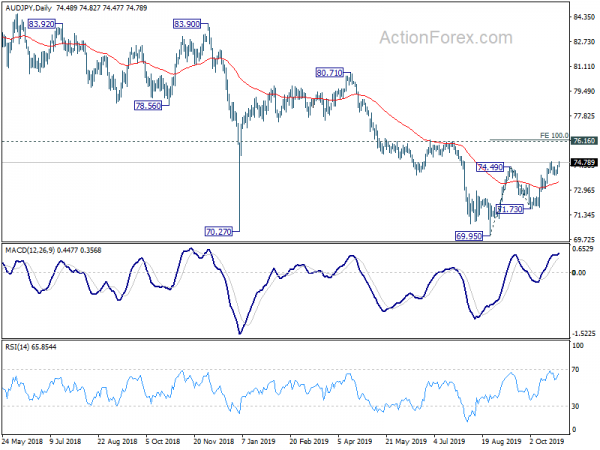

Eurozone GDP contracts -0.1% qoq in Q3, EU grows 0.1% qoq
Eurozone’s GDP shrank unexpectedly in Q3, contracting by -0.1% qoq, defying expectations of a stagnant 0.0% growth. When compared with the same quarter of the previous year, Eurozone’s growth was barely positive at 0.1% yoy. Meanwhile, the broader EU reported a similar pattern, with a 0.1% growth both qoq and yoy.
The performance across member states varied significantly. Latvia emerged as the top performer with 0.6% growth over the previous quarter, followed by Belgium and Spain, recording 0.5% and 0.3% growth respectively. Conversely, Ireland faced the steepest decline with a -1.8% contraction, followed by Austria at -0.6% and Czechia at -0.3%.
Year-on-year growth rates revealed a similar disparity among the member states. Portugal, Spain, and Belgium led the way with 1.9%, 1.8%, and 1.5% growth respectively. However, Ireland experienced a sharp -4.7% decline, with Estonia (-2.5%), Austria and Sweden (-1.2% both) also facing significant contractions.
Full Eurozone GDP release here.